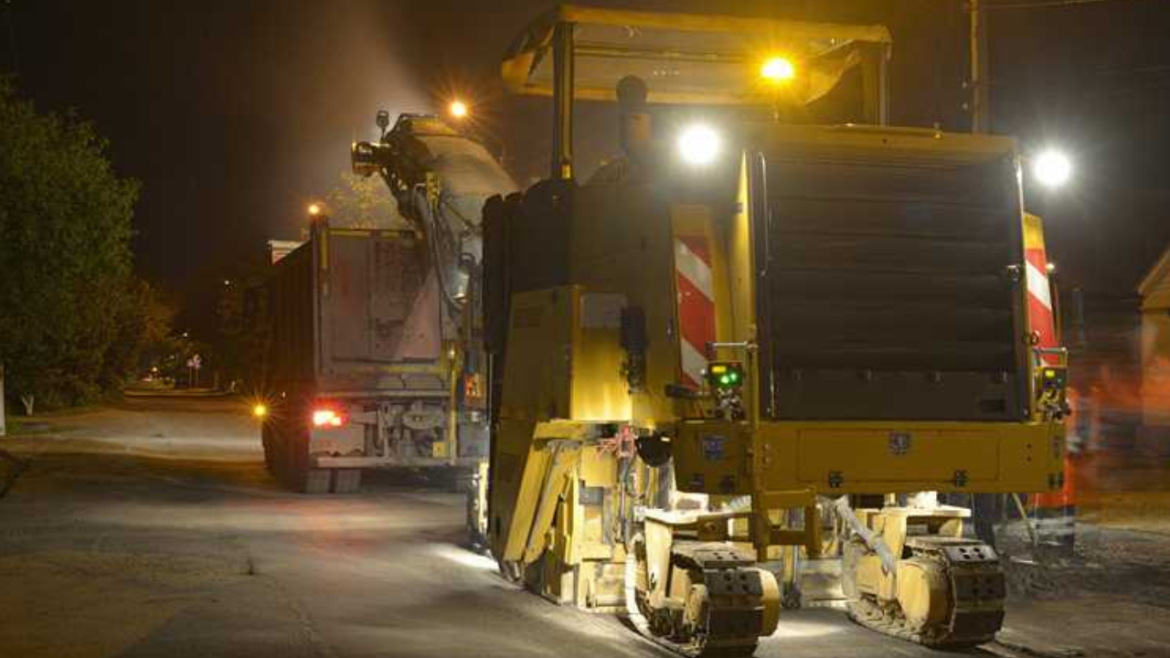JYF Machinery manufactures premium grinder wear parts for horizontal and tub grinders as well as other waste treatment machinery. The parts include hammers (fixed and swing), cutter bars, wear plates, clamping wedges, adapters, and tool holders composed of carbide cutting tools (blades, knives, cutters, tips, inserts, and teeth).
Its cutting tools and wear components are made to withstand the rigorous demands of processing, recycling systems, wood waste, renewable energy sources, landscaping, landfills, clearing land, the process of composting, recycling of asphalt shingles, and systems for disposing of waste.
Replaceable parts are used in tubs and horizontal grinders to mill wood products, such as trees, branches, and logs. The most effective operation of shredders and grinders, which are frequently used in the forestry, landscaping, and wood processing sectors, depends on these components. You can visit page to get detailed information about the wood chipper blades and their features.
Materials Used to Make Wear Parts for Tub and Horizontal Grinder
To guarantee sturdiness, strength, and lifespan, our wear parts for wood grinders are made from premium materials including carbide, steel, and other alloys. These parts include the tub grinder hammer, carbide teeth, blades, anvils, cutters, screens, and holders. Parts for a Doppstadt shredder wear parts for a horizontal grinder and a shredder waste recycling tub.
Brands and Equipment that Apply
JYF Machinery offers customers customized, cost-effective solutions to keep their waste treatment and biomass businesses operating normally. They produce a range of grinder wear parts for horizontal grinders, tub grinders, and other forms of waste disposal equipment from the following manufacturers.
Wood Grinder
Logs, complete trees, brushes, forestry waste, sorted pallets, garbage, agricultural waste, and shingles are just a few of the items that grinders may handle. Tub grinders and horizontal grinders are the most frequently employed grinding devices.
Wood Chipper Blades
a chipper for wood sometimes referred to (used as a tree chipper), is a device that chops up wood, typically tree branches, trunks, and limbs. They make cleanup after vegetation management easy because it’s easier to get rid of wood that has been chipped.
The Top 5 Qualities to look for in a chipper for wood
There are many specifications and features to take care of, therefore experts produced a list of the top five which they believe are essential to take into consideration:
Capacity for Chipping
The chipping capacity should be the first thing you consider. The equipment can handle branches up to certain diameters. While more expensive machines often have a bigger chipping capacity, chipping branches that are too large for your machine can put stress on the engine and could result in damage.
Power
The quantity of power in an engine directly affects the chipping capacity of a machine. Higher chipping capacity equals more power. You must therefore strike the ideal balance between power and cost.
The Hopper Size
The size of the hopper should be taken into account as another crucial aspect. Putting branches into a bigger hopper takes less effort and time. For minor tasks such as pruning and chipping one or two branches here and there, this might not make much of an impact.
Portability
Also, contemplate how you’ll move the machine to the job location or around your property. The vast majority of versions either have wheels and handles for manual movement or wheels and a pin hitch for pulling behind a vehicle.
Flywheel Mass
The flywheel’s weight is a significant attribute that not all brands promote. The engine turns the flywheel, which is composed of one or more chipping knives. The flywheel generates momentum and stores stored energy as it revolves.
Sum Up
Wood chipper blades and other wear elements are made at JYF MACHINERY using the finest grade carbide and alloy steels. At JYF Machinery, they make high-quality grinder wear parts that exceed the demands of their clients utilizing the most current forging technology. Their skilled technicians and engineers collaborate closely with customers to understand their specific requirements and specifications to create wear components that meet or surpass their standards.
